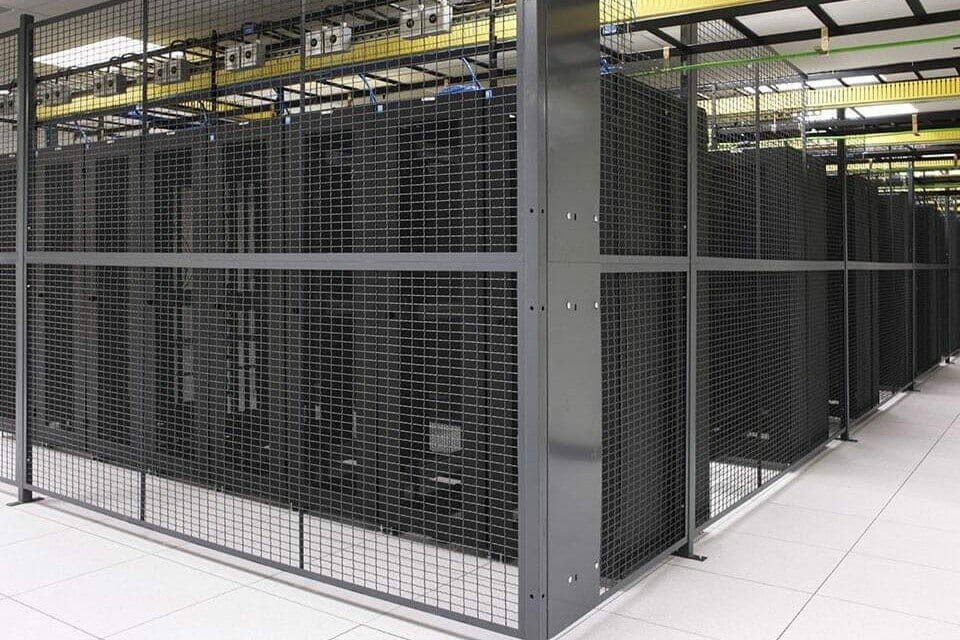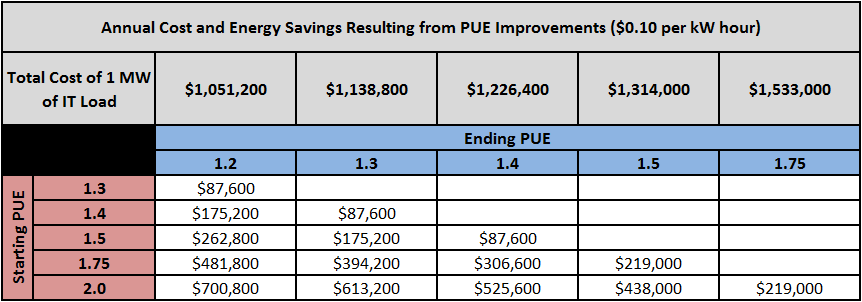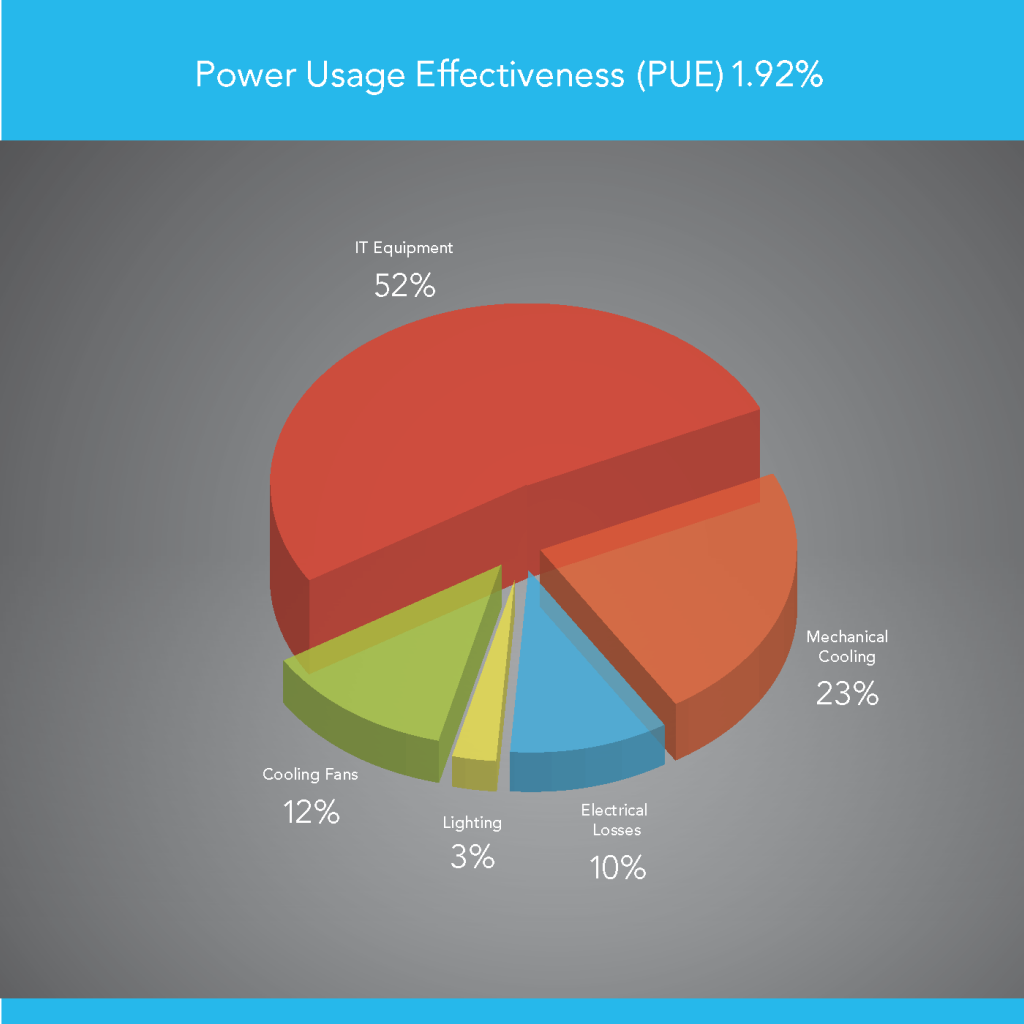Airflow Management in Colocation Data Centers: Who’s Responsible?12 min read

This post originally appeared on DataCenterKnowledge.com, in an article titled Who’s Responsible for Airflow Management in Colocation Data Centers? You can view the original article here.
Who is responsible for airflow management in colocation data centers? It wasn’t that long ago that no matter who you asked the answer was always, “Not Me.” Tenants would say, “why should I worry about airflow management, I won’t see any savings”. Conversely, owner/landlords would say that they could not make unreasonable demands on customers or prospects and risk losing that tenant to a competitor. Rather than asking who is responsible, perhaps the more appropriate question might be, who should be responsible?
While the litany of, “not my job” responses has somewhat subsided, the stakes are reaching a scale where shrugs and finger-pointing are no longer acceptable. After all, the colocation data center market is forecast to continue growing at approximately 15 percent per year for at least the next four to five years and is currently around $30 billion. A challenge to establishing airflow management best practices is the lack of homogeneity in the industry: market share leaders Equinix and Digital Realty only enjoy 8.4 percent and 5.6 percent market shares, respectively, and more than 70 percent of the total market revenue is accounted for by local colocation providers with 1-3 facilities earning less than $500 million.
Demand and Cost
The demand for colocation space and services is primarily driven by cost. This will eventually shift the conversation to both tenants and owners being more concerned about data center airflow management. With cost, either directly or indirectly, being such an important part of the colocation value proposition, it is only natural that cost becomes an important competitive factor for providers, which is why PUE and airflow management are critical to the overall conversation.
PUE and the Impact of Airflow Management
Despite a few outlying anomalies, PUE remains a very valuable predictor of operating costs and thereby another metric for the competitive landscape of colocation data centers. Table 1 illustrates an example of savings that could be expected for various PUE reductions for a data center with 1MW of IT load paying $0.10 per kW hour for electricity.
Table 1: Estimated Energy Savings Resulting from PUE Improvements
Airflow management contributes to most of these PUE reductions and resultant energy savings. In a case where all things are equal, airflow management is responsible for 100% of these savings. For a PUE reduction from 2.0 to 1.75 the annual savings will be $219,000. These substantial savings often result in a 1 year or less simple payback for the cost of airflow management solutions.
In cases where PUE is reduced by installing motion sensing lighting or more efficient power distribution, those are such smaller factors (see Figure 1) that savings are much less significant than savings in the mechanical plant resulting from airflow management improvements. Some of the savings resulting from airflow management improvements are easily identified, such as fan energy reductions due to dramatic reductions in fan speeds and bypass airflow rates.
Figure 1: Example Energy Distribution at 1.92 PUE
In addition, good airflow management reduces the differential between cooling supply temperature and maximum server inlet temperature. This provides access to the sources of major energy savings in the data center mechanical plant. For example, if the maximum allowable server inlet temperature is 80˚ F (26.7˚ C), that specification can be met with good airflow management and 75˚-78˚ (23.9˚-25.5˚ C) supply air rather than 55˚-60˚ (12.8˚ -15.6˚ C) supply air. The net effect of this adjustment will be a 30%-50% reduction in chiller energy, or even greater chiller energy savings by not operating the chiller because of access to 25% – 80% more free cooling hours. Therein lies the connection from airflow management to lower PUE to lower energy costs to lower total operating costs. But, who is responsible for navigating this path?
Who Should be Responsible?
Actually, both tenants and landlords have skin in this game and exert different variations of control over airflow management, primarily based on the billing model.
If billing is by the rack and circuit, it behooves the tenant to shop for space where airflow management is strictly enforced by the landlord so that cabinet densities can be maximized. Good airflow management will allow for full cabinets of either 2U or blade servers. Reasonable airflow management (hot aisle/cold aisle configuration and perhaps some discipline about blanking panels and floor tile grommets) will support rack densities around 6kW.
By-kW billing can either be metered or a power allocation. If it’s a power allocation billing, the landlord’s interests are obviously served by strictly enforcing airflow management rules to increase profits from billing for unused energy. If it’s metered kW billing with a variable PUE factor, then it is clearly in the tenant’s best interest to execute airflow management best practices, but it is also in the landlord’s interest to enforce airflow management best practices in multi-tenant facilities to avoid losing customers who don’t fancy paying for others’ bad habits.
PUE billing will be most practical in single tenant buildings and can take several different forms, such as contracted PUE, actual PUE or a blend of actual and contracted PUE. Where a set PUE maximum threshold has been agreed to between tenant and landlord, it is in the landlord’s best interest to enforce the airflow management practices required to support the PUE agreement. When billing is based on actual PUE, all the responsibility, capability and motivation resides with the tenant, the better they do airflow management, the less they pay. Where a blended PUE billing arrangement is in place, it is in the landlord’s best interest to enforce airflow management best practice rules that will prevent the tenant from blowing usage past the agreed on PUE ceiling, while it is in the tenant’s best interest to exceed those best practices to drive actual billing below the contracted PUE cap.
Both Sides Will Benefit
Good airflow management in colocation data centers is beneficial to both tenants and landlords, either directly through lower costs and/or increased profit margins, or indirectly through an improved sales value proposition or through more cost-effective scalability. Depending on the billing model, the landlord’s role may range from strict enforcement to collaborative consultation. In speaking with John Sasser, VP of Operations at Sabey Data Center Properties, with over 3 million square feet in their portfolio, he has found, “Some customers come in with a better understanding than others, so facility operators must be prepared to explain the fundamentals of airflow management and the benefits of containment. (Today’s) customers seem to require less explanation.” In simplest terms, in single tenant facilities, airflow management is the tenant’s responsibility and in multi-tenant facilities it is the landlord’s enforcement responsibility. Conversely, in single tenant facilities, the landlord’s responsibility is to design and maintain a facility that responds efficiently to optimized airflow management practices and in multi-tenant facilities, it is the tenant’s responsibility to cooperate and be a good neighbor.
Fundamentally, all landlords need to be well educated in airflow management best practices and the science behind them to engage with knowledgeable tenants, or provide guidance to tenants who are less educated on the topic. At the end of the day and regardless of the motive, it is essential for both tenants and landlords to be discussing airflow management best practices to collaboratively maximize the benefits for both parties.

Airflow Management Awareness Month
Free Informative webinars every Tuesday in June.









0 Comments